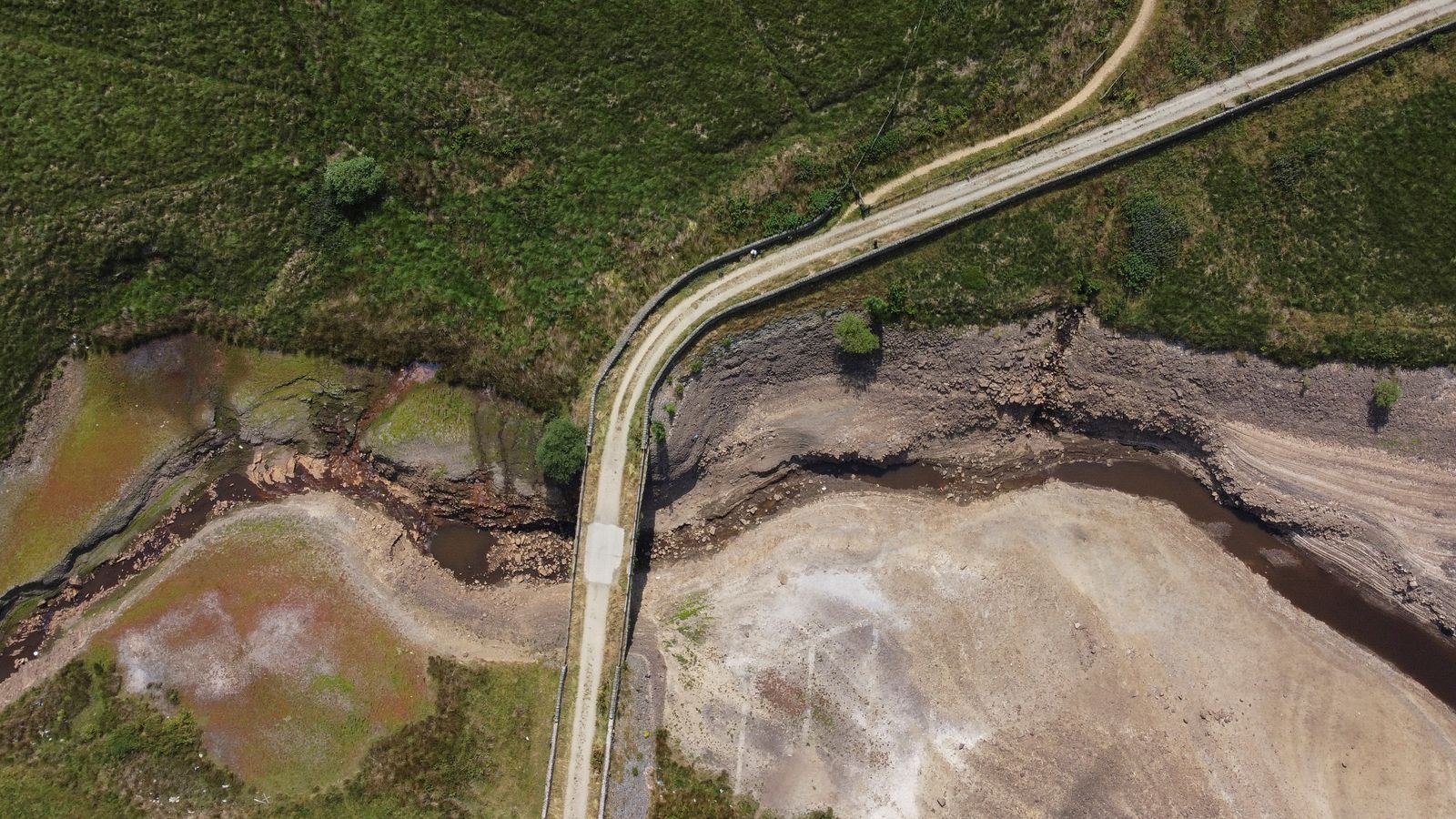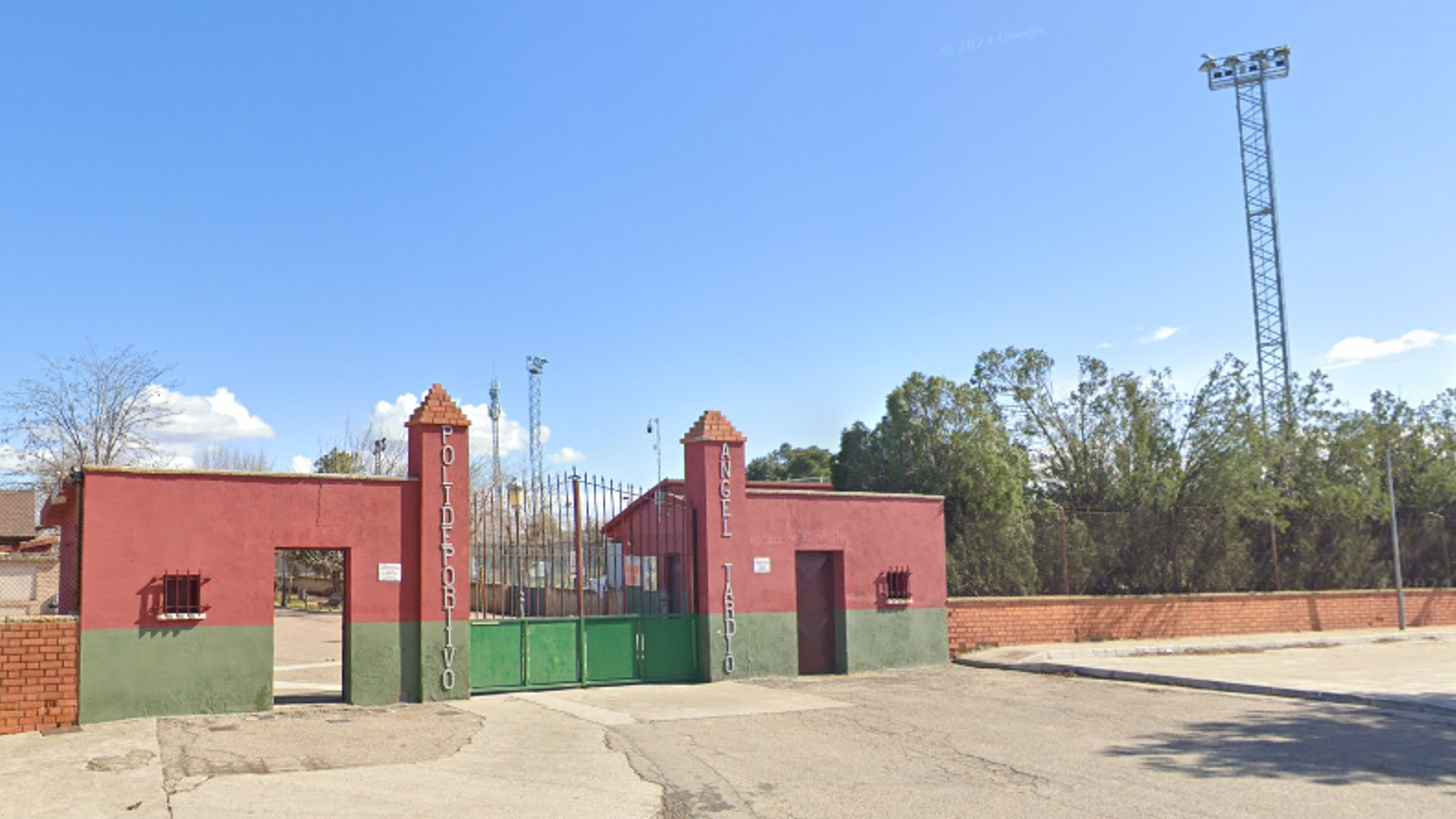As energy costs soar, be prepared to pay more for water too or else face shortages and queues for emergency supplies in the future, an infrastructure chief has warned.
The country will face “collecting [water] in bottles or large canisters from emergency supplies” without a crackdown on use and leaks now, Sir John Armitt, chair of government advisory group the National Infrastructure Commission (NIC), told Sky News.
Speaking as much of England braces for an anticipated drought in August, Sir John said we will have to “keep water flowing,” in extreme circumstances, prioritising hospitals and parts of industry and farming.
For individuals that “could mean that our water supply would have to be reduced or cut off in the extreme, and therefore we’d have to get emergency supplies,” he said in an interview on Sunday.
To avoid this, water companies must tackle the 20% of water currently lost through leakage, some three billion litres a day, government must set new resilience standards and consumers should cut their usage from around 125 to 110 litres a day, Sir John said.
Doing so would reduce the “likely emergency measures which might be required” otherwise, such as “standpipes in the street, millions of plastic bottles of water being handed out, people facing hosepipe bans – all these things which are normally required in extreme situations” and are extremely expensive, he said.
The Consumer Council for Water called for a social tariff for the one in 10 households that already say their water bill is unaffordable.
England has just endured its driest eight-month period since 1976, remembered for its heatwave and water restrictions.
Max Utilities and Southern Water have already announced hosepipe bans for the Isle of Man and Hampshire, respectively. Thames Water has warned it may need to follow suit.
In 2018 NIC called for a £21bn investment by 2050, about £650m a year, to pay for water security measures including increasing reservoir capacity, clamping down on leakage and building a network to channel water between different areas.
Bill increases are “almost inevitable in order to make sure that we have that water security” in the future, Sir John said.
He suggested water companies could also consider accepting lower returns on their investments.
The UK is getting hotter as human activity changes the climate. While drought is not expected to become more frequent or severe in the next few decades, climate models predict it will become more severe, intense and frequent in the second half of this century.
Read more:
Drought ‘very likely’ for south of England and Wales after driest eight month period since 1976
Parched England could see drought in August if hot, dry weather persists
What uses the most water in our homes, where does our water come from and what happens during a drought?
Demand for water often spikes during dry spells, as customers water gardens and fill paddling pools, further depleting water supplies.
We must “reduce the likelihood of an extreme situation, recognise that we could have these longer periods of severe drought and be prepared for them,” added Sir John.
While the industry is tackling the amount wasted through leaks, it still loses an average of 20% – some three billion litres a day.
Meanwhile, consumers should install water meters, swap showers for baths, and sparingly run appliances that use water, he said.
On Tuesday the Environment Agency convened a meeting of the National Drought Group of water companies, farmers and land users to gear up for an impending drought.
An environment department spokesperson said water companies have a “duty” to ensure supplies.
“That’s why we continue to challenge those with a poor record on leakage and are working to ensure they introduce new infrastructure such as reservoirs and water transfers,” they said.
The government is also developing new water supplies such as reservoirs, water re-use schemes and desalination plants.
Watch the Daily Climate Show at 3.30pm Monday to Friday, and The Climate Show with Tom Heap on Saturday and Sunday at 3.30pm and 7.30pm.
All on Sky News, on the Sky News website and app, on YouTube and Twitter.
The show investigates how global warming is changing our landscape and highlights solutions to the crisis.








